|
When one thinks of the month of November, three dates usually jump out at you as constants—Election Day, Veterans Day and Thanksgiving. Using that philosophy, I strived to find an individual or better yet family who I could “connect” to all three entities. I didn’t have to look far as I found this in a few generations of the Schley family, one of Frederick’s very first. I will use as my central pivot point the man buried beneath the beautiful monument photographed above—Col. Edward Schley. Col. Edward Schley is buried in Mount Olivet’s Area F/Lot 41. It is in the midst of a large family plot that contains the remains of 30 immediate family members and descendants of Col. Schley and wife Eve Margaret Schley. Nothing screams Thanksgiving like a large family gathering, right?! 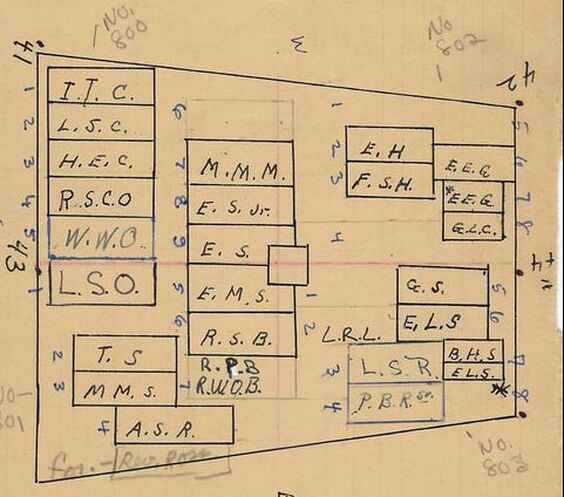 A map of the Schley grave plots in Area F found on the back of an interment card. Col. Edward Schley's individual grave space (#6) is in the center and denoted with his initials E.S. His wife is below him in space #5 and labeled E.M.S. This map corresponds to the two lot cards below showing the majority of decedents here in the Col. Edward Schley family plot Col. Edward Schley, son of John Thomas Schley (1767-1835) and Anna Mary “Polly” Feree Shriver (1773-1855), was born in Frederick City on June 29th, 1804 and died in 1857. His father was a man all too familiar with Election Day as he served as judge of the Orphans Court from 1802 to 1813, was elected to the House of Delegates in 1809 and 1810, and held the position of Clerk of the Circuit Court from 1815 to 1835. In case you are curious, John T. Schley (Col. Schley’s dad) is buried a short distance away from his son in Area MM/Lot 43. Here also lies the colonel's mother as well, both originally buried in the Old Reformed Graveyard on Bentz and Second streets before being removed here to Mount Olivet in 1916. Col. Edward and his father were so named with a moniker that holds a special place in the Frederick history books. This was our subject’s great-grandfather, the famed John Thomas Schley, one of the earliest settlers in Frederick Town. The original John Thomas Schley (1712-1790) was the first schoolmaster of the German Reformed Church here in town, and as a matter of fact, is credited with building the very first house in town. He emigrated in 1737 from Morzheim, in the region of Rheinland-Pfalz some 328 miles southwest of Berlin. Like many early immigrants from the Palatinate of the Rhine, he first arrived in Philadelphia, and in 1745 removed to Frederick Town at the head of a colony of about one hundred families of Calvinists and Huguenots—natives of France, Switzerland and Germany. John Thomas Schley is credited with settling these immigrants here in the Monocacy Valley, and helped settle this town amidst a “howling wilderness.” He is noted as having been a talented musician and songwriter whose handwritten work can be found in the collection of Heritage Frederick. John Thomas Schley was also the father of Eva Catherine Schley, the first white European child born in this locality. He is said to have been a man of considerable means, and a leader among his people in the Province. Like his ancestor, Col. Edward Schley was active in the community, and is on record as raising money for a public school. He was admitted to the Frederick County Bar in 1833 and operated the Carroll Creek Flouring Mills in his early professional career. His legacy points to him being one of the leading citizens of the community in his day. Politically, he was an old-line Whig, and in religion, he was affiliated with the Episcopal Church. Schley was appointed the position of Captain of the Frederick Hussars on February 16th, 1850, and commissioned Lt. Colonel of the First Regiment in January 1851. This group was the equivalent of a local cavalry unit under the larger network of the Maryland state militia. The name, hussar, comes from those who earlier served as a member of a class of light cavalry, originating in Central Europe during the 15th and 16th centuries. The title and distinctive dress of these horsemen were subsequently widely adopted by light cavalry regiments in European armies in the late 17th and early 18th centuries. From several newspaper accounts I found in my research, the Frederick Hussar detachment under Col. Schley participated in ceremonial endeavors such as parades, funerals and special events both here in town, and abroad in places such as Hagerstown, Baltimore, Washington, DC and others. A number of armored or ceremonial mounted units in modern armies retain the designation of hussars. In Frederick, it appears that this group dissipated over the decade (1850s) into the formation of military units doubling as the towns leading fire departments (Junior Defenders, Independent Grays/Riflemen, and the United Guards (aka “Swampers"). Col. Edward Schley married Eve Margaret Brengle (b. 1809) on December 4th, 1827. The colonel’s bride was the daughter of an outstanding veteran of the War of 1812—Captain John Brengle, a co-subject of an earlier “Story in Stone” from August, 2019 and entitled: “A Patriot in the Pulpit.” http://www.mountolivethistory.com/stories-in-stone-blog/a-patriot-in-the-pulpit When it came to family building, Edward and Eve Margaret Schley had a lot to be thankful for as they were the parents of 13 children:. These included: Annie Elizabeth (Birely) (1828-1880), Mary Margaret (Morgan) (1830-1909), Benjamin Henry (1832-1882), Ellen E. (Gambrill) (1834-1908), Franklin (1837-1886), Alice Schley (Cassin) (1839-1911), Laura Louisa (Chapline) (1842-1922), Edward Jr. (1844-1863), Rose C. (Baer) (1846-1913), Fannie (Hewes) (1848-1919), Thomas Steiner (1851-1909) and Gilmer (1855-1939). The youngest of which, Gilmer Schley, would serve as Frederick’s mayor in the early 1920s. The Schley family would reside in an iconic mansion still standing on the east side of town on East Patrick Street, just east of Carroll Creek. Col. Schley purchased this property in 1852 for $7,724. This would later be more commonly known as the Wayside Inn. The Schleys operated a farm and a lime works operation on the eastern bank of Carroll Creek on the north part of their property. Col. Schley would die on another day typified by a gathering of family in one place. He passed on Easter Sunday night, April 14th, 1857 at the age of 52. Following Schley’s death, Eve Margaret and several children remained at the house on E. Patrick Street. An advertisement in the local papers in 1858 show that she intended on lightening her load by ceasing to operate her home as a farm operation. She duly sold many farming implements and livestock at auction. Her two oldest sons, Benjamin H. and Franklin “Frank” Schley, had taken over the operation of the agricultural lime works.  Christina Martinkosky of Frederick City’s Planning Department included some fantastic details regarding the Edward Schley family in her insightful Preservation Matters series with an article about Wayside. This appeared in the Frederick News-Post of April 8th, 2018, and Christina brought to light a great slice of local Civil War history: “Historic records show that the Schley family-owned slaves both before and after Col. Edward Schley’s death. However, when the Civil War erupted in the early 1860s, the two oldest sons served in the Union Army. During the summer of 1862, after the Union Army suffered crushing defeats at Richmond and at the Second Battle of Manassas, Confederate Gen. Robert E. Lee sought to bring the war to Northern soil. On Sept. 5, 1862, Southern forces entered Frederick but moved westward the following day. As the Confederates withdrew, Union troops led by Gen. McClellan quickly maneuvered from Washington, D.C., into Frederick. On Sep. 12, the Union Army camped around the Schley House. However, according to Mrs. Schley’s daughter, Gen. Jesse L. Reno, a well-respected and beloved leader, and famed Gen. Ambrose Burnside were invited by Mrs. Schley to sleep in family home. The Union forces stayed only one night before moving westward to follow the Confederate Army. On Sept. 14, Reno was killed at Fox’s Gap by a Confederate sharpshooter. According to newspaper accounts, a flag given to Reno by Barbara Fritchie covered his casket at his burial in Boston. In 1864, two years after Reno and Burnside stayed at the house, Margaret Schley sold the property to William Falconer for $12,000. In 1906, Elmer and Amy Dixon purchased the old Schley House along with 50 acres of land. For several years, the couple farmed the property, which they called Lawnsdale. In 1917, however, the property was converted into an inn. Re-branded as the Wayside Inn, the site quickly became one of the city’s most popular restaurants. A large addition was soon added to accommodate a dance floor and nightclub.” It is used as apartments today. Mrs. Schley continued the job of raising her children into adulthood after Col. Schley’s death, but had the financial means to do so as her former husband left her in good financial standing. As said earlier, Benjamin H. and Franklin “Frank” Schley were running the agricultural lime works. This would be one more means of taking care of their mother and greater family. The Schley Brothers Lime Works was located on a parcel behind the main manor house, at a location on the northside of today's Highland Street and to the immediate west of Husky Park with its baseball field. The City of Frederick owns this parcel today and it is used as both a dump and storage-yard facility. This entity was originally begun by the boys' mother's family the Brengles. Entrance to the plant was via a dirt lane off East Church Street . This eventually became Highland Street, near what was at one time called Sister's Hill. There was a quarry from which the limestone was chipped by hand, which was a long and tedious process. The operation included several pot kilns where lime was burned and used as ground burnt lime, which farmers spread over their fields to enrich their soil. Benjamin H. and Frank Schley served in the American Civil War and escaped without injury or incident. They came back to the lime plant and would continue to operate the business through the 1880s. The brothers apparently retained the industrial parcel, with a right-of-way to the turnpike, even after their mother, Margaret Schley sold the manor house property to William Falconer in 1864. Margaret was likely still in mourning as she left Wayside because she had lost one of her children during the Civil War. This was Edward Schley, Jr. who died at the age of 19 of an undisclosed debility on January 25, 1863. The family would take up residence in town. Frank Schley purchased a nearby three-acre lot to Wayside in 1862, two years before his mother sold the family manor house. This was apparently purchased with the intention of building a new home for his family and perhaps his mother as well, the house (now 800 E. Patrick St.) must have been constructed by 1864 when the manor house was sold. In 1867, the Frederick County Agricultural Society purchased 30 acres of land east of the Schley’s Wayside property. The parcel in question was on the north side of East Patrick Street and formerly belonged to local attorney Gen. Edward Shriver. This would become the new home of the Frederick Fairgrounds, a move from the Frederick (Hessian) Barracks site on S. Market Street. By 1870/1873, Frank Schley had begun construction of a series of brick rowhouses, probably tenanted by his own lime works employees on lots fronting onto the turnpike. The 1887 Sanborn Insurance map shows the subdivision noted as "Schleysville," reinforcing its association with the Schley family and business. I learned more about this locale thanks to the Maryland Historical Trust’s Maryland Inventory of historic properties (No. F-3-221). “Today this constitutes a grouping of mid-19th century and early 20th century houses fronting on E. Patrick and Franklin Streets and centered on the Franklin Schley House on the corner. The subdivision of small, worker houses, some attached row houses and some single row-type houses, stands out along this part of E. Patrick St. where most of the houses are 20th century, large single family houses on large lots. In addition to the Franklin Schley House on the corner of E. Patrick and Franklin Streets, the survey district includes 4 brick free-standing rowhouses, a series of 4 attached brick rowhouses, a series of 3 attached brick rowhouses, and a frame free-standing house, all fronting on the south side of E. Patrick St.; and on the east side of Franklin St. are 2 brick free-standing rowhouses and 3 frame double rowhouses (6 units) set back from the street. The grouping of buildings is located on approximately 3 acres, historically one lot but since subdivided into individual parcels. There are 22 contributing buildings. Rear yards were not observed and so outbuildings that may exist are not included in the resource count. The Schleysville Survey District is a significant example of mid-19th century subdivision development for worker housing on the edge of Frederick City, Maryland (National Register Criterion A). Developed by Franklin Schley, owner of a nearby agricultural lime works, and adjoining his own elegant dwelling house, the brick rowhouses of Schleysville provided relatively substantial and convenient housing for Schley's employees. An early 20th century addition of three double rowhouses to the lots on Franklin St., probably associated with the ownership of the housing group by the M.J. Grove Lime Co., reveals the continued use of the dwellings as employee housing. The Schleysville worker houses and the Franklin Schley House are good examples of domestic design and construction in Frederick City during the mid 19th and early 20th centuries." Mrs. Schley could be found living at 70 E. Patrick Street in the 1880 census. She would live another decade before her death on July 13th, 1890. Margaret should be commended for the fine job she did in raising her children. I’m sure all 12, excluding Edward (who passed in 1863), had interesting adulthoods. I will briefly review the lives of her remaining four sons. Benjamin Henry Schley Benjamin and his brother Frank have already been mentioned in connection to the limestone business. Born October 20, 1832, Benjamin Henry Schley served proudly in the United Fire Company and militia unit and continued with involvement during the American Civil War. He helped form Frederick’s first volunteer company to fight on the side of the Union (1st MD Volunteer Infantry), and was said to have participated bravely in all the engagements of the 1st Maryland Regiment under the Army of the Potomac, eventually reaching the rank of major. B. H. Schley was captured in Front Royal, VA in late May of 1862, but would be exchanged at Aiken's Landing, VA in September of that same year. He is said to have also served as an aide on the staff of Gen. Lew Wallace at the Battle of Monocacy. After the war, Major Schley assisted with the lime business, but also headed up a coal business in Frederick. He married Martha Sophia Gaither(1834-1916) on January 9th, 1881. They would only have a year-and-a-half of wedded bliss. He was fraternally active in the local Grand Army of the Republic Post and also the Lynch Lodge of the Masons. On the civic level, he helped found the Frederick Library Association and served as secretary.Benjamin Henry Schley would die at the age of 49 from consumption. This occurred on June 6th, 1882. Franklin Schley Earlier, I discussed Franklin “Frank” Schley’s lasting legacy with the existing hamlet of “Schleysville” on E. Patrick Street. His first name also lives on through “Franklin Street” which runs between E. Patrick and E. South streets. Born July 31st, 1837, Frank would gain his early education at the Frederick Academy where he would excel at mathematics. Classmates included Alexander “Sandy” Pendleton of Civil War fame, and cousin Winfield Scott Schley of Spanish-American War fame. Frank would ironically only live to the age of 49 like his older brother B. Henry. He co-ran the Schley Brothers Lime operation with brothers Gilmer and Thomas after the death of Major B. H. Schley. Frank was particularly interested in real estate and our old Frederick newspapers are filled with advertisements pertaining to his listings, especially his 20-unit “Schleysville” community on E. Patrick Street. Frank was an avid sportsman especially in respect to hunting and fishing. He particularly excelled at partridge, pheasant and quail hunting. In doing so, he likely provided the main course for many a Thanksgiving dinner for the greater Schley family. Frank’s expertise led him to pen a book on the subject of game hunting entitled “Frank Schley’s American Partridge and Pheasant Shooting.” This was published in 1877 and resulted in Frank receiving the title of "Professor," and would be referred to as such Frank Schley also took interest in horses and owned several racing thoroughbreds. Having the Frederick Agricultural Society’s fairgrounds and track directly across the street from his home was surely a plus for this hobby. Thanksgiving races were even en vogue at one time. Mr. Schley carried on a courtship with Miss M. Helen Eader of Petersville for over two decades until finally tying the knot on October 14th, 1886. Sadly, six weeks later, Frank Schley would die from a sudden hemorrhage of the lungs at his home on Wednesday, November 26th, 1886. Ironically this was the day before Thanksgiving, so an incredibly somber time must have beset Mrs. Eve Margaret Schley and his several siblings, nephews and nieces. Not to mention the fact that the Schley family would now be without their resident fowl expert and provider to celebrate the special November holiday with from that day moving forward. “The Professor” was buried the day after Thanksgiving, but not in the family’s burial plot in Area F. Instead, Frank Schley would be placed in Area Q/Lot 74. His bride of one-and-a-half months would join him here in 1902. Like that of his father, Col. Edward Schley, a fine, large monument adorns this gravesite. Thomas Schley Thomas Schley came into the world on February 1st, 1851. He too, attended the Frederick Academy as did his brothers. While a young man, he became a bookkeeper for the late P. H. Pieffer, who was a large coal dealer of Frederick. He later engaged in the manufacture of all kinds of lime wih his own kilns situated a mile east of town on the Baltimore & Ohio Railroad line on E. South Street. This would be the vicinity of the Frederick Brick Works original location. He eventually sold this business to M. J. Grove and Company and took an early retirement for about five years. In 1880, Thomas Schley partnered with a gentleman named Victor M. Marken and another named William T. Delaplaine. The trio opened a printing firm on N. Market Street called Schley, Marken & Delaplaine. They performed various job printings and made the locally, renowned “Peerless Paper Meat Sack.” In 1883, the trio founded the Frederick Daily and Weekly News, and after some time the firm changed its name to W. T. Delaplaine & Company and eventually merged into the Great Southern Printing and Manufacturing Company with William T. Delaplaine serving as president, Thomas Schley as vice-president, and George Birely as treasurer. The latter man was Schley’s brother-in-law, married to his older sister, Annie. Thanks to Mr. Schley who is said to have “contributed his ability to the success achieved by this concern.” This paved the way for me, as I gained my first full-time position with this company, under the Frederick Cablevision/GS Communications division from 1989-2001 at which time it was sold to Adelphia Communications out of Coudersport, PA. Thomas Schley married Mary Martin Claggett in 1885 and the couple would have one daughter named Anne Perry. Mr. Schley would pass on March 11th, 1909. He would be buried in his father’s plot on Area F. Gilmer Schley The last of the Schley brothers I will talk about is Gilmer Schley. The youngest child of Col. Edward and Eve Margaret Schley, he was born August 14th, 1855 and would take sole charge of the Schley Brothers Lime Works upon the death of his older brother (Frank) and departure of Thomas to other pursuits. He would be credited with introducing a steam drill to the operation which greatly eased the extraction process. T.J.C. Williams History of Frederick County from 1910 gives some interesting biographical detail on Gilmer: “Gilmer Schley, son of Col. Edward and Eve Margaret (Brengle) Schley, was only one year old when his father died. He remained on the home farm until he reached his tenth year, when the family removed to Frederick, in which place he received his education in the Frederick Academy. At the age of sixteen, he began life for himself as a clerk in the grocery store of Johnson and Brosius, of Frederick, where he remained for two years. He was then in the employ of Julian Newahl as a clerk for about two years. His next position was with Birely Brothers, with whom he remained for four years. He then became a bookkeeper for Theodore Brookery, at the time conducting a tannery. In this position, Mr. Schley continued for four years. In 1881, he became associated with his brother Franklin in the lime business, and on the death of his brother in 1886, he assumed full control, purchasing his brother’s interest, in which business he has since continued. Mr. Schley is one of Frederick’s well-known and leading businessmen, and he is held in high esteem. In politics, Mr. Schley is a Republican supporter. Fraternally, he is a member of the Modern Woodmen of America. He is also a charter member and director of the Independent Fire Company of Frederick City. Mr. Schley was married, in 1884, to Emma Louisa Wilson, daughter of N. J. and Sophia (Albaugh) Wilson, a descendant of an old and well-known family of the county. The marriage had six children: Eve Margaret Schley (Remsburg), Nathaniel Wilson Schley (1886-1976, a veteran of WWI), Ellen Louisa Schley (1890-1892), Louise Schley (Rhodes) (1893-1962), and H. Florence Belcher, and an unnamed infant." Gilmer would sell the family lime business in 1912 to Shank & Etzler, and it eventually became the property of R. F. Kline. The quarry stood for many years as just a deep water hole and a dangerous swimming hole for the more daring young men of town. It was eventually filled in by the City. In 1919, Gilmer Schley ran for elected office in the mayoral race of Frederick City. He would be victorious in this, his only “Election Day” foray. After serving his term, he would officially retire and spent much time in outdoor recreations, primarily inspired by his older brother Frank.  Mayor-elect Gilmer Schley would take the new Board of Alderman for a retreat outing in the woods as captured in this photograph in the archives of Heritage Frederick. Schley is at the head of the table closest to the photographer, while Frederick city park namesake Lorenzo Mullinix is seated to his immediate right. Gilmer Schley died on July 10th, 1939. He would be buried a few feet from his parents and seven of his siblings: Edward, Mary M. Morgan, Ellen E. Gambrill, Laura Chapline, Rose Baer, Fannie Hewes, and Thomas Schley on Area F in Lot 45. As was my aim at the beginning with this story, I certainly found a November family with multiple ties to Election Day through former politicians, Veterans Day through military service, and Thanksgiving through the spirit of family and togetherness, not to mention, a fondness for Phasianidae—heavy ground-living birds.
Happy Thanksgiving to all our readers, and thanks for your continued support of our mission of preserving the historic records, structures and gravestones of Mount Olivet Cemetery. These stories will keep the memories of our 40,000 inhabitants alive for future generations to learn from. In closing, here is an article from the same newspaper edition of November 24th, 1886 that featured the news of Frank Schley's untimely death. It certainly gives a little flavor of how the holiday was celebrated here in Frederick during the heyday of the Col. Edward and Eve Margaret Schley family.
1 Comment
2/3/2024 09:03:21 am
I wanted to express my gratitude for your insightful and engaging article. Your writing is clear and easy to follow, and I appreciated the way you presented your ideas in a thoughtful and organized manner. Your analysis was both thought-provoking and well-researched, and I enjoyed the real-life examples you used to illustrate your points. Your article has provided me with a fresh perspective on the subject matter and has inspired me to think more deeply about this topic.
Reply
Leave a Reply. |
STORIES
|
Archives
July 2024
June 2024
May 2024
April 2024
March 2024
February 2024
January 2024
December 2023
November 2023
September 2023
August 2023
July 2023
June 2023
May 2023
April 2023
March 2023
February 2023
January 2023
December 2022
November 2022
October 2022
September 2022
August 2022
July 2022
June 2022
May 2022
April 2022
March 2022
February 2022
January 2022
December 2021
November 2021
October 2021
September 2021
August 2021
July 2021
June 2021
May 2021
April 2021
March 2021
February 2021
January 2021
December 2020
November 2020
October 2020
September 2020
August 2020
July 2020
June 2020
May 2020
April 2020
March 2020
February 2020
January 2020
December 2019
November 2019
October 2019
September 2019
August 2019
July 2019
June 2019
May 2019
April 2019
March 2019
February 2019
January 2019
December 2018
November 2018
October 2018
September 2018
August 2018
July 2018
June 2018
May 2018
April 2018
March 2018
February 2018
January 2018
December 2017
November 2017
October 2017
September 2017
August 2017
July 2017
June 2017
May 2017
April 2017
March 2017
February 2017
January 2017
December 2016
November 2016














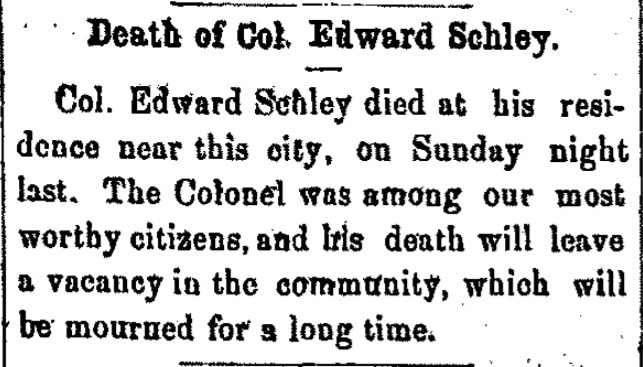










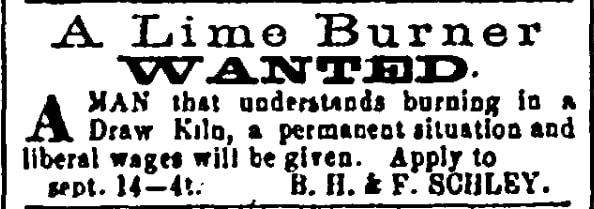

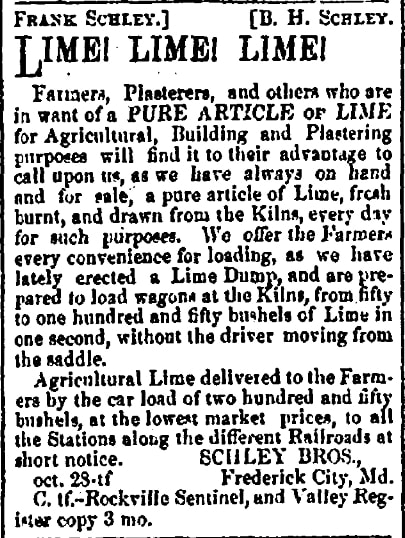

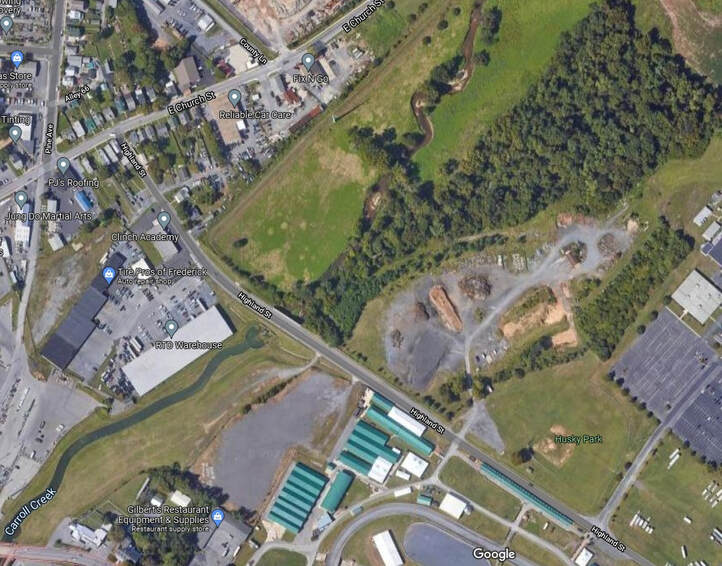







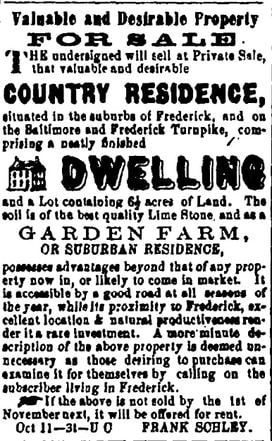






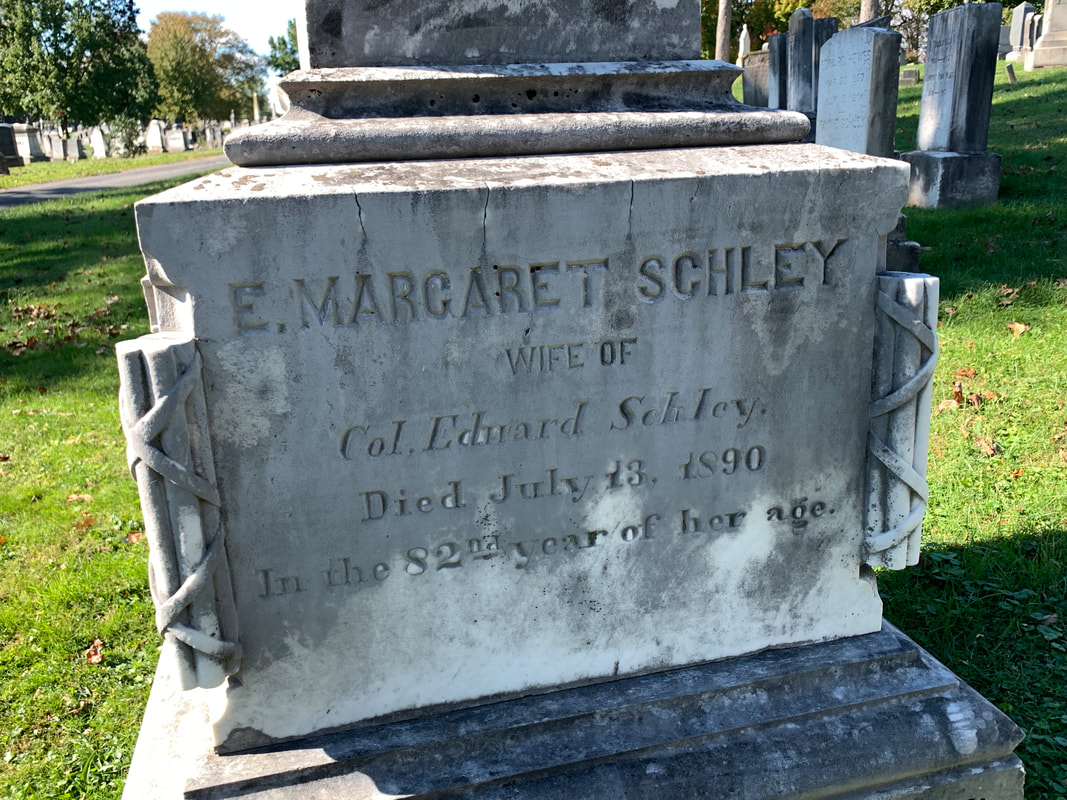



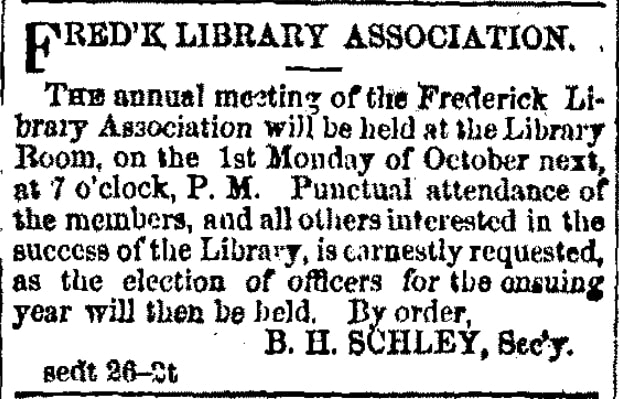
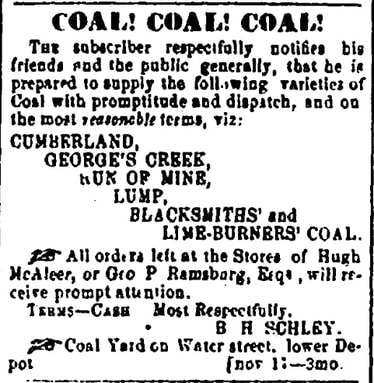
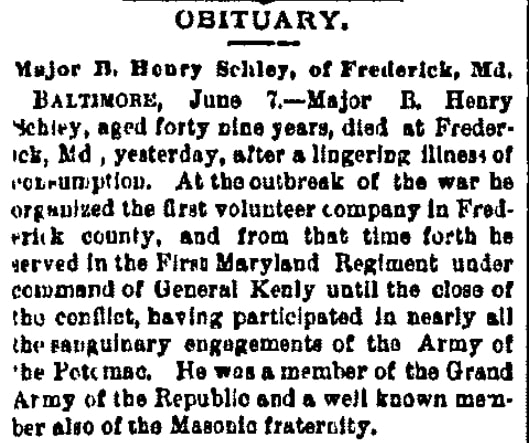

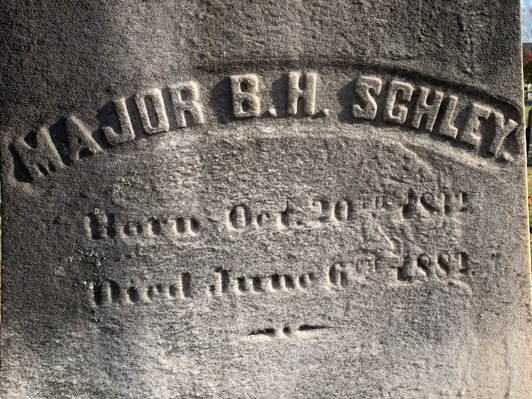

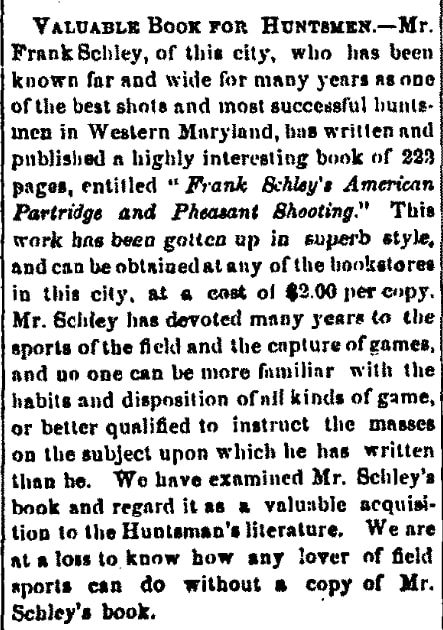











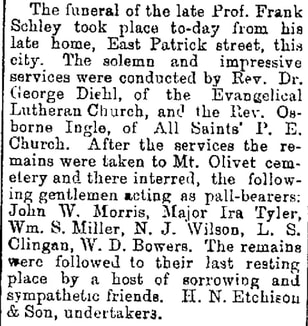

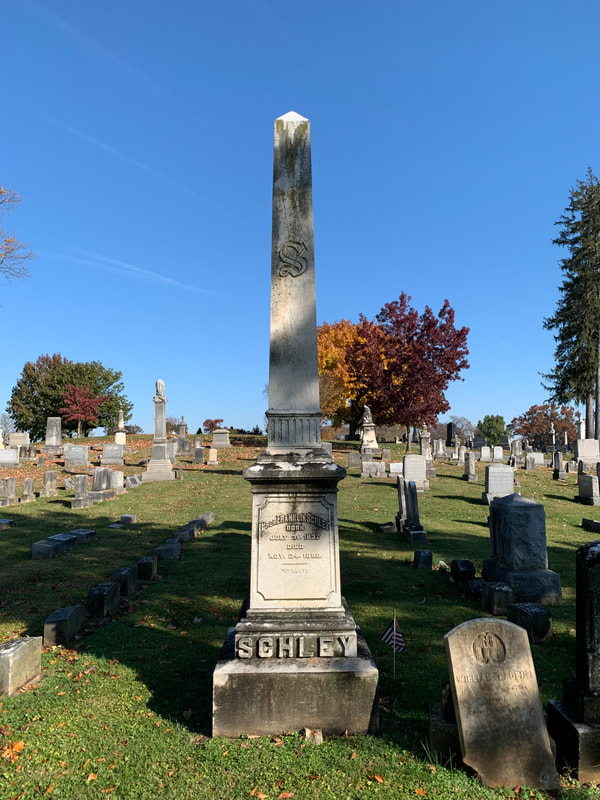


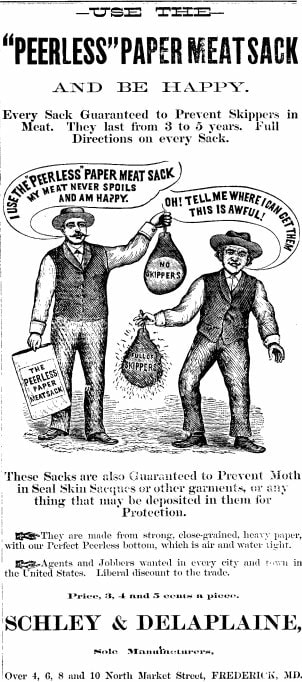









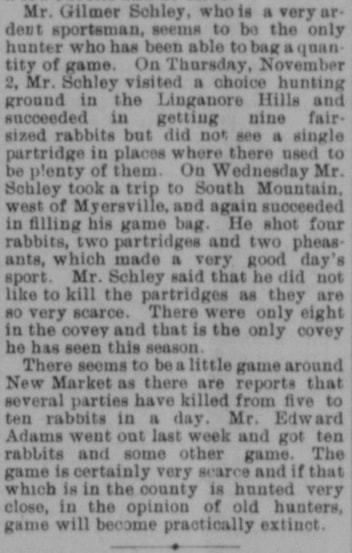

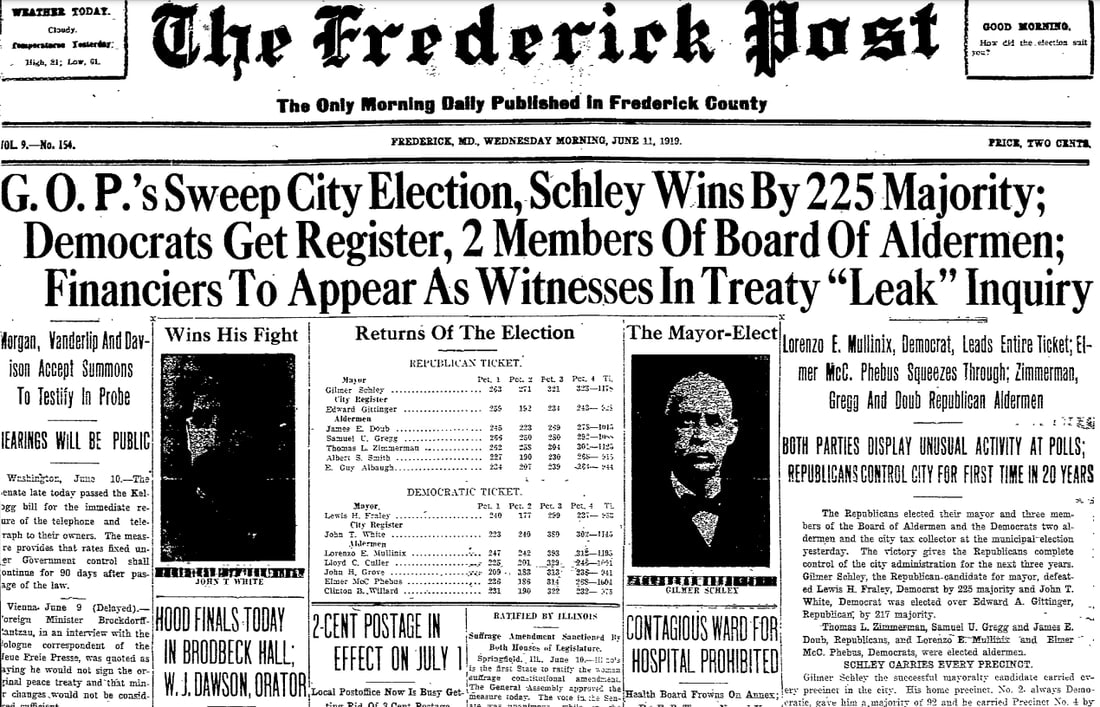










 RSS Feed
RSS Feed